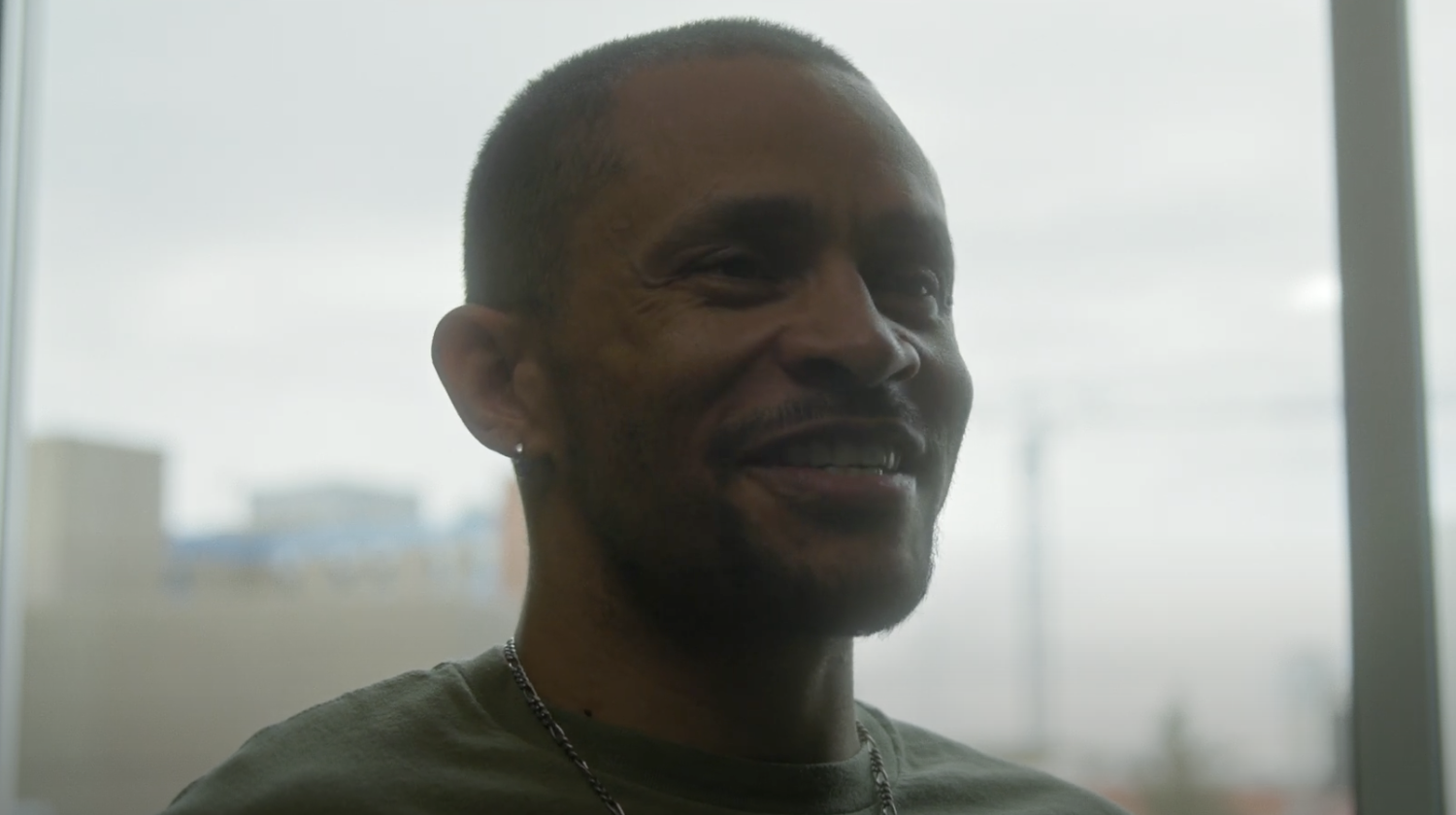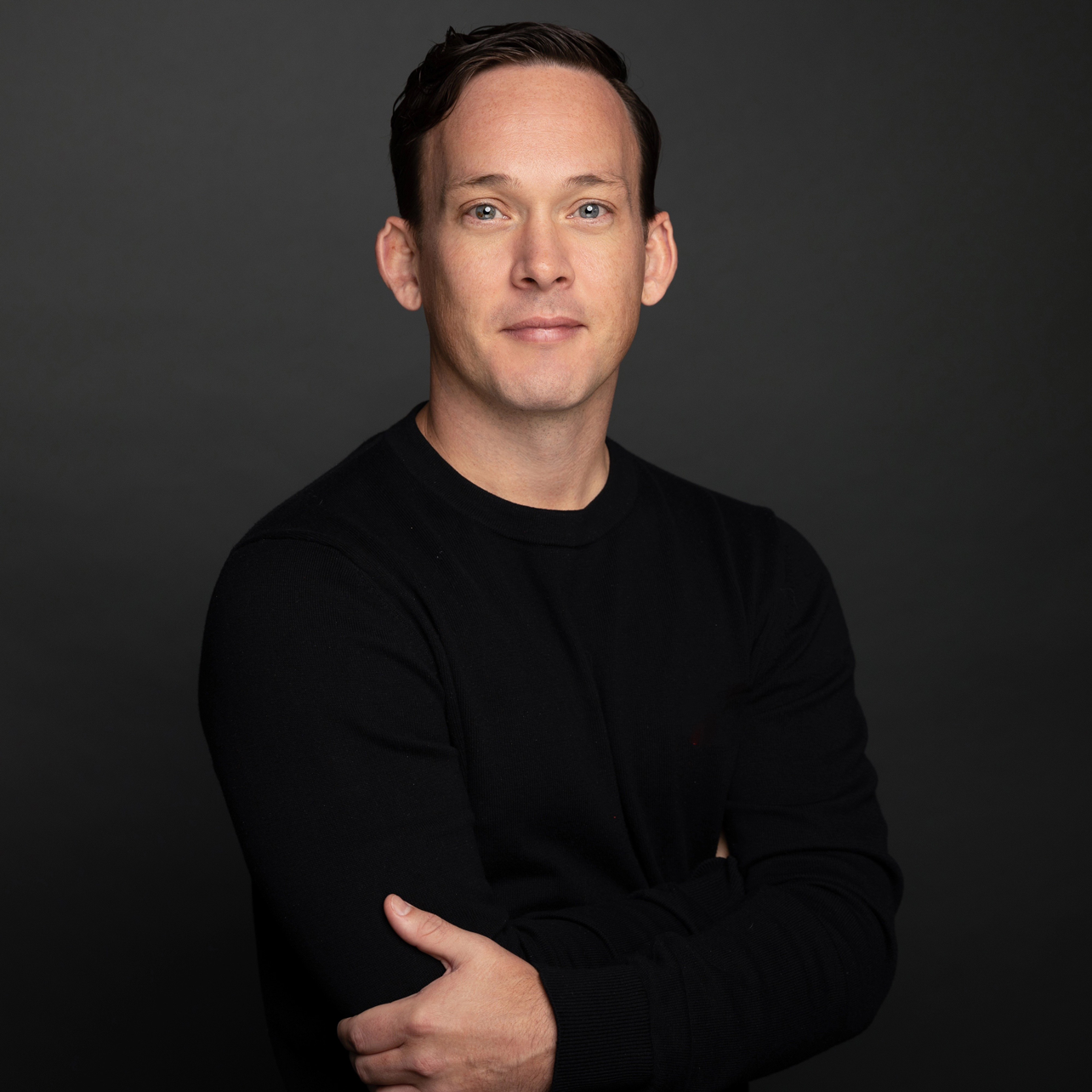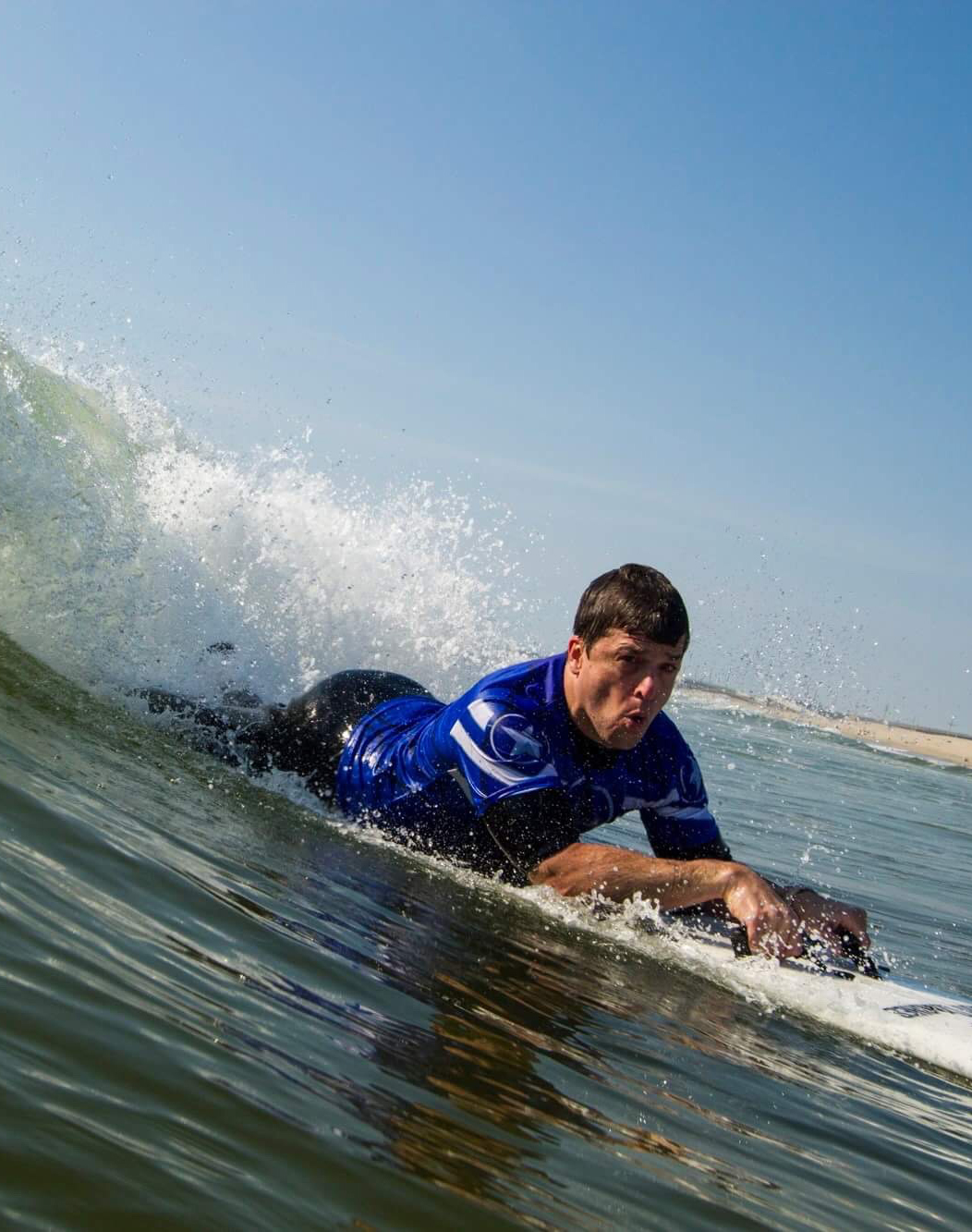Joy is a defining characteristic of Jessie Owen.
When you meet her, Jessie greets you with a broad smile, bubbly personality, and radiant energy. She readily shares that growing up, she embraced what she calls “the full spectrum of life,” excelling in several sports, including “powder puff football,” wrestling, volleyball, and soccer. She remembers herself as a competitive, happy kid.

ARCEX Trailblazers:
Jessie shares her own journey
But life hasn’t always been easy for Jessie. More than a decade ago, she was in a horrific accident that took the lives of her parents and left her paralyzed. She became a paraplegic, and Jessie entered a dark chapter of her life.
“I lost a lot of things that day,” she said of the accident. “I lost my parents. I lost my autonomy. I lost my job. I lost my apartment because it had stairs.”
The days and months that followed were a blur. Jessie moved in with a friend and had a caregiver who helped her with daily tasks.
“They would help me into the bathroom. They would help me take a shower, fold all my laundry, help make meals,” Jessie recounted. “I could brush my teeth, but I couldn’t open a brand new bottle of toothpaste because the cap was really tight. So anything that I had to think about that I might need that day, I needed prepped and open and ready to go, or I had to wait till my friend came home from work.”
During that time, Jessie searched for solutions to help her overcome her physical challenges. Five years after her injury, she learned about a pilot study involving programmed, electrical stimulation of the spinal cord delivered through a non-invasive device. That programmed stimulation is called ARCEX Therapy.
Dr. Chet Moritz, a neuroscientist and professor at the University of Washington, ran the study involving ARCEX Therapy.
“Spinal stimulation is really promising because it activates the neurons in the spinal cord through synapses,” said Dr. Moritz. “So we don’t get the kind of fatigue and the kind of lack of coordination that we get when we stimulate the muscles directly.”
Jessie signed up for the study. Over several weeks, she practiced tasks like stringing beads and stacking blocks without the stimulation. She says she had a hard time with those tasks. But she says those tasks became much easier once she did them in conjunction with the stimulation.
“When the stimulation was put on and I did the exact same activities and the exact same measurements. After about two sessions, I realized that I wasn’t frustrated anymore. I was having some fun. I was competing with myself. I was stacking the blocks higher, I could pour the water. And that’s when I was like, there might actually be something here. By the end of the study, I felt significantly more confident in my hand strength.”
She says she noticed benefits from the therapy in daily tasks at home as well.
“I found myself being able to open some jars. I found myself being able to use some scissors and then I felt confident enough to try a knife,” says Jessie. “I felt confident enough to try getting some plants out of their container and then putting them in the garden. I put things in the microwave and was confident enough in my hand ability to take them out safely without burning myself. I found myself being able to write a little bit more slowly, but I could do it.”
Those day-to-day wins built up over time. With each reclaimed skill, Jessie felt more like herself. Eventually, she gained enough confidence to move out on her own, and even got a pet dog, knowing that she could manage taking care him.
“After the study I felt confident that I could do it,” she said. “I could scoop the food and put it on the floor. I could hook up the leash, I can brush and give him a brush. I can do all the things to be a pet owner now and that felt really good.”
Then came another turning point. Jessie began dating again, and fell in love. She got married and now has twin boys. The mom-of-two recounts how taking on the physical tasks of parenting fueled her self-reliance.
“Because of this therapy, I can now make my children a bottle. I can screw the top on, I can get the nipple through the top, I can get the little straw in,” she said. “I can pick them up. I can use my hand to kind of brush the hair out of their eyes when it dangles down to their nose. I can wipe away their tears, I can hug them. And those are things that I was super nervous about not being able to do because they’re all human-driven emotions and needs to have your hugs, to have your tears wiped. And I can do that for my kids.”
Jessie’s life has not turned out the way she thought. But the lessons she’s learned and the surprises along the way have given her even more than she envisioned.
“After the accident I knew I would find happiness because that’s where my core is,” she remembers. “But I also knew I would never be as happy as when I could walk as when as when I could play as when I could run and do physical comedy or any of those things. I knew I couldn’t be as happy as before, but I could find happiness and I was so vastly wrong.”
“I have never been more happy in my life. I’m so grateful for the team that I’ve built and the resources that I have to make this beautiful life to make this everything I want it to be.”
*The ONWARD® Medical ARCEX® System is cleared for use only in the United States. The ARCEX System is intended to deliver programmed, transcutaneous electrical spinal cord stimulation in conjunction with functional task practice in the clinic to improve hand sensation and strength in individuals between 18 and 75 years old that present with a chronic, non-progressive neurological deficit resulting from an incomplete spinal cord injury (C2-C8 inclusive). ONWARD ARCIM® and ARCBCI™, alone or in combination with a brain-computer interface (BCI), are investigational and not available for commercial use.
**Patient testimonials reflect individual experiences and outcomes, which may vary. Please review the full product label and clinical study data.


